How to Clean a Chimney
Cleaning your chimney is essential for the safety of your home, as it can help prevent dangerous chimney...
Read more about How to Clean a ChimneyGet the latest how-tos, articles and tips for your car, home, finances and all of the things that matter most.

Cleaning your chimney is essential for the safety of your home, as it can help prevent dangerous chimney...
Read more about How to Clean a Chimney
The first winter storm of the year brought heavy snow, strong winds and record-low temperatures to much of...
Read more about Safety Tips for Driving in the Snow
From candles to candy and trees to toys, nearly every joyful holiday tradition also carries the potential for...
Read more about Safety Tips for The Holidays
Schools, playgrounds and childcare facilities are full of energy and fun — and they’re also full of kids’...
Read more about How to Prevent the Spread of Kids’ Germs
Summer fun is about enjoying celebrations and time outdoors with activities like swimming, grilling out, going to parades...
Read more about Firework Safety Tips
Driving on the highway for the first time can be nerve-racking, which is why it’s common for new...
Read more about Highway Driving Tips for Teens
As presenting sponsor of the Walter Payton NFL Man of the Year Award, Nationwide invites fans to take...
Read more about How to Prevent the Spread of Kids’ Germs
By Ben Ayers, AVP, Senior Economist, NationwideAs 2025 closes, the construction industry continues to face headwinds from elevated...
Read more about How to Prevent the Spread of Kids’ Germs
Nationwide recently marked a rare milestone, honoring six employees who have each dedicated 50 years or more to...
Read more about How to Prevent the Spread of Kids’ Germs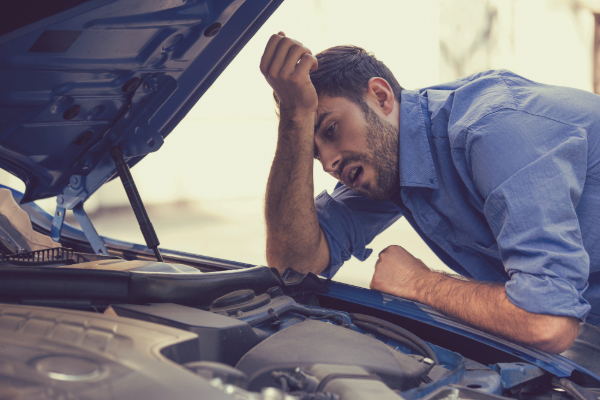
It’s one of the worst things that can happen to a driver. You turn the key in your...
Read more about Why Your Car Won’t Start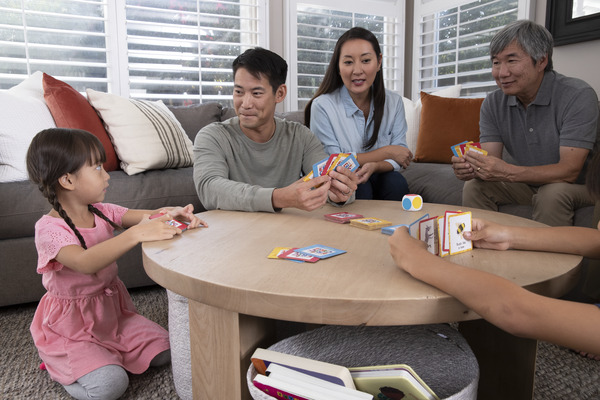
For many families, game night is a big tradition. It can be a great way to make memories...
Read more about 20 Fun Family Game Night Ideas
Shopping has evolved dramatically over the past several decades, providing consumers with more choice and convenience whether they...
Read more about Online Shopping vs. In-Store Shopping: Pros and Cons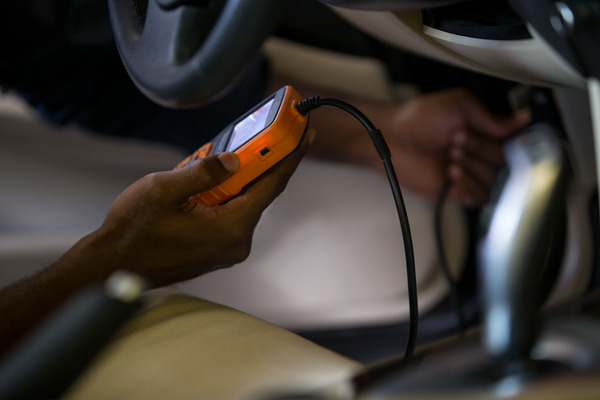
To understand whether you have a bad alternator or a bad battery, you need to understand how a...
Read more about Signs of a Bad Alternator or Battery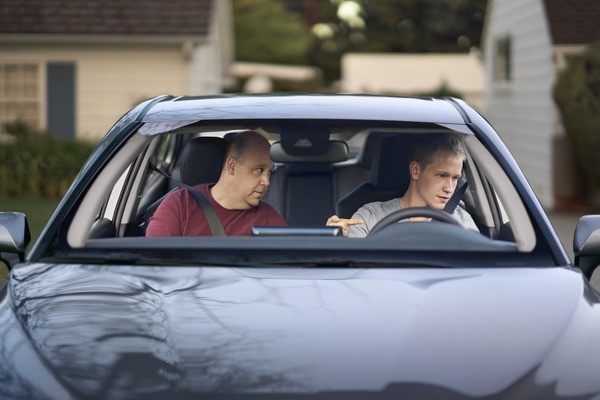
One minute you’re driving your car and everything seems fine, and the next moment you hear a strange...
Read more about 12 Common Car Noises and What They Mean
As a homeowner, you know how important it is to keep every aspect of your house maintained. One...
Read more about 5 DIY Roof Maintenance Tips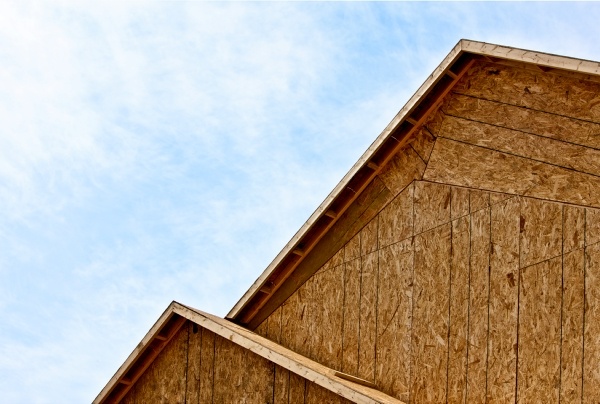
Your home needs the right roof to keep everything inside protected and keep your house structurally sound. There...
Read more about Metal Roofing Pros and Cons for Your HomePart of owning a home is learning how to manage common repairs. While doing household repairs isn’t the...
Read more about Repair and Maintenance Tips for Common Home Problems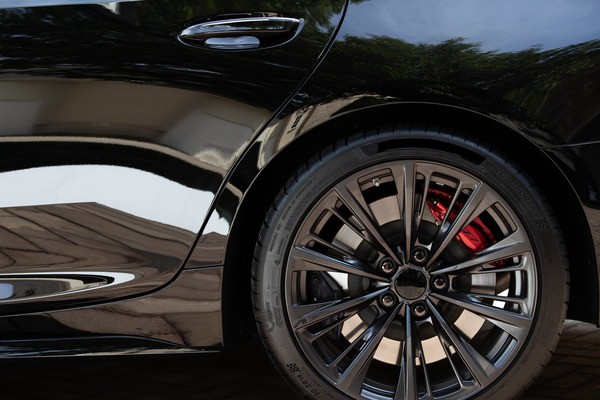
From a safety and cost standpoint, tire maintenance is one of the most important things you can do...
Read more about How Much Air Should You Put in Your Tires?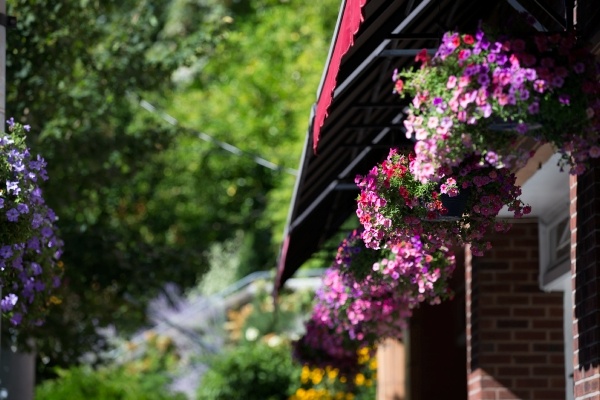
Whether you’re buying or selling a home — or you want to make sure you’re taking great care...
Read more about How Long Does a Roof Last?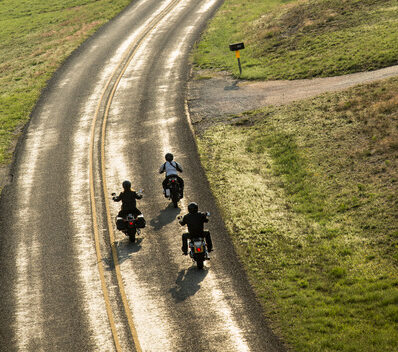
You’ve planned a motorcycle road trip for weeks, but when you open the garage door, you see it....
Read more about How to Change a Motorcycle Tire
Knowing what your car dashboard symbols mean is extremely important. This guide breaks down the most common dashboard...
Read more about 15 Common Car Dashboard Symbols